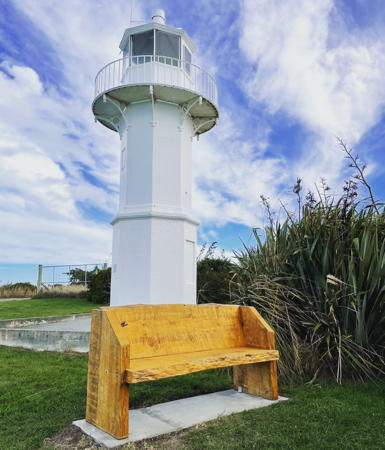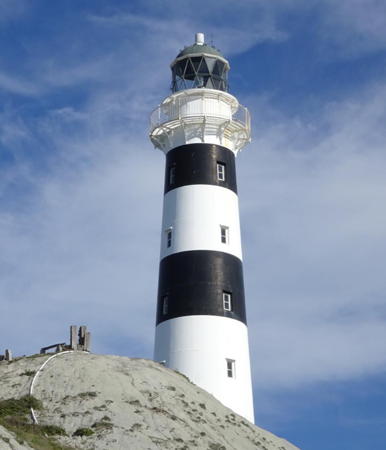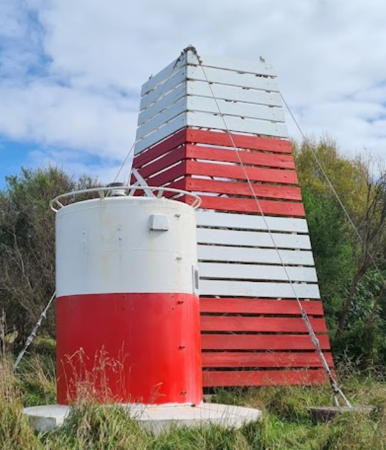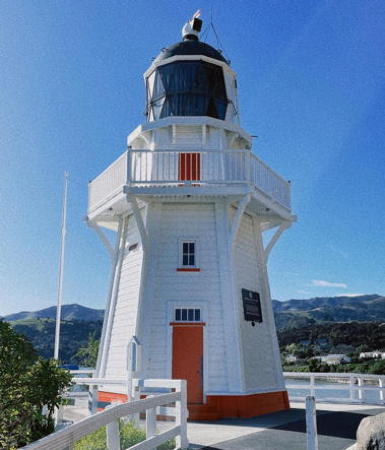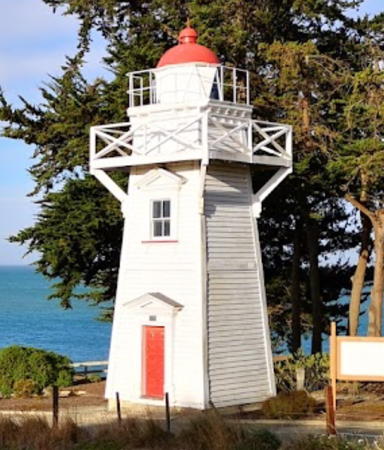New Zealand is an independent island nation in the southwestern corner of the Pacific Ocean. Its location is remote, roughly 1500 km (900 mi) southeast of Australia and 1000 km (600 mi) south of New Caledonia and Fiji. Settled in the 13th Century by a Polynesian people known as the Māori, it was colonized by Great Britain in 1840. It has been part of the British Empire and then the British Commonwealth ever since. It is a Commonwealth realm, recognizing the British monarch as head of state. New Zealand has a population of about 5.1 million.
New Zealand is larger than many Northern Hemisphere residents might suppose: roughly 1600 km (1000 miles) long from north to south, stretching from the subtropical north to the cool temperate south. It includes two large islands, North Island and South Island, with many smaller islands. For local government the country is divided into sixteen regions, including eleven regional council areas and five unitary council areas. The regional council areas are subdivided into districts.This page describes lighthouses of the north and east coasts of South Island, including Nelson City, the unitary council areas of Tasman and Marlborough, and the regional council area of Canterbury.
Most of the coastline of New Zealand is high and scenic. Many of the lighthouses are at remote locations, and lighthouse fans need a good pair of hiking shoes to reach some of them, if they can be reached at all.
Coastal lighthouses are operated and maintained by Maritime New Zealand. Information on most of these lighthouses is readily available on the MNZ web site. Harbor lighthouses, however, are owned and maintained by local harbor authorities, and less information is available for most of them. There is no national lighthouse preservation group, but Heritage New Zealand has acted to preserve several lighthouses after they were deactivated.
Many of the place names in New Zealand are in the Māori language; the Māori phrase for a lighthouse is whare rama or whare tūrama; motu is an island, toka is a rock, and whanga is a harbor.
ARLHS numbers are from the ARLHS World List of Lights. Admiralty numbers are from Volume K of the Admiralty List of Lights & Fog Signals. U.S. NGA light list numbers are from NGA Publication 111.
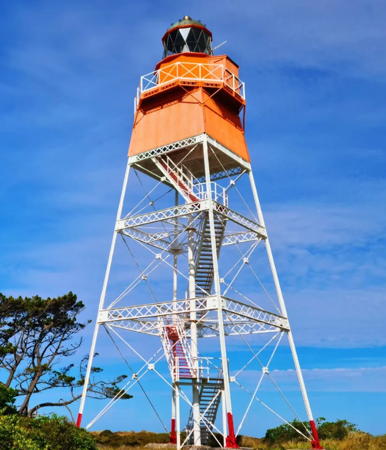
Farewell Spit Light, Tasman, November 2024
Instagram photo by Suss from NZ
